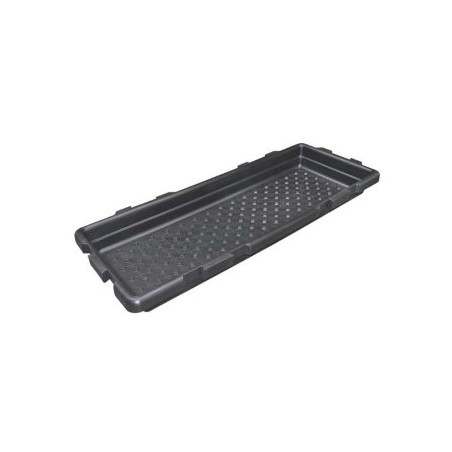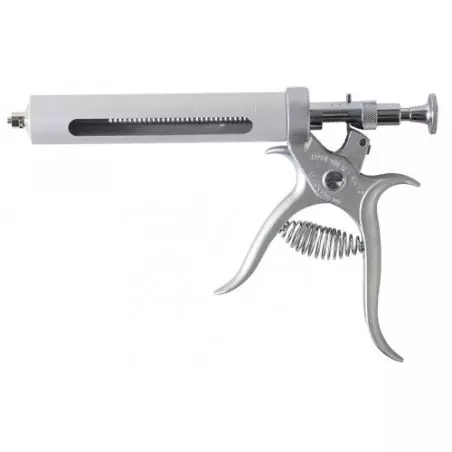According to the recent National Animal Health Monitoring System (NAHMS) survey of pork production operations, PRRS was the second most often reported health problem in United States breeding herds. It was reported as a health problem in 21.4 percent of the breeding herds.
The economic affect of PRRS in the breeding-farrowing phase was calculated to be $74.16 per litter on affected farms. Of this cost, $45.00 was derived from a reduction in the number of pigs weaned per litter while $29.16 was from reduced farrowing rate. The cost of PRRS in the nursery production phase was
estimated to be $6.01 per head on an affected farm. Of this, increased pig mortality was $3.58, reduced feed conversion was $1.17 and reduced average daily gain was $1.26. The economic affect of PRRS in the growing-finishing production phase was estimated to be $7.67 per head on affected farms. Of this, increased pig mortality was $3.23, reduced feed conversion was $3.00 per head and reduced average daily gain was $1.44.

Using this data along with data released by the USDA on national hog production, researchers estimated that PRRS was costing the swine industry $66.7 million per year in the breeding-farrowing phase, $201.34 million per year in nursery pigs and $292.23 million per year in finishing pigs.
Thursday August 30, 2012/ Prairie Swine Center
http://www.prairieswine.com









